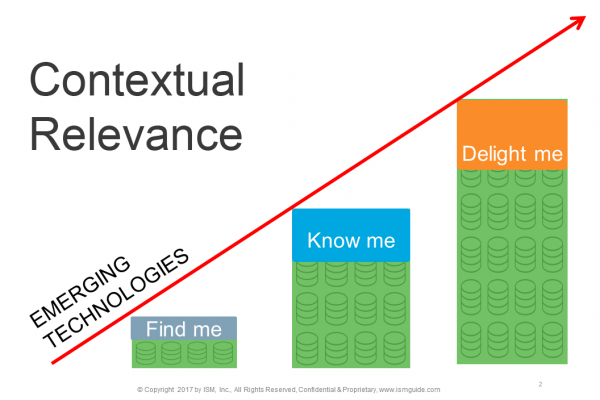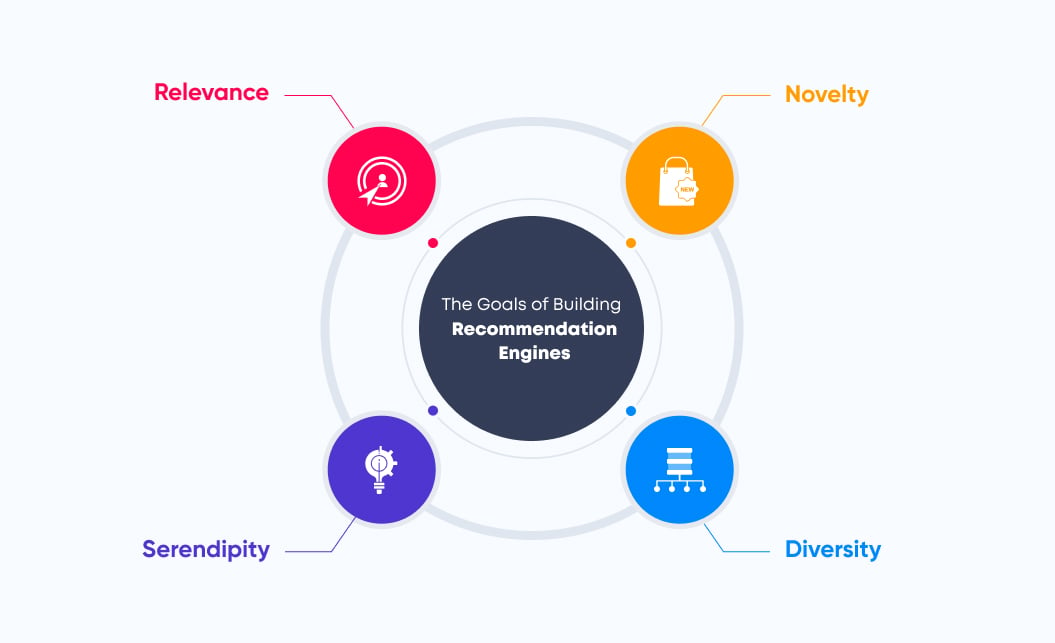Last Updated on 05/12/2023 by Dolly
The internet is an endless and ever-growing library of data. While the amount of data and content makes it easy to find what we are looking for, it can also be overwhelming. In this article, we’ll talk about artificial intelligence that can help us when we can’t quite decide what we want to produce or how we want to produce it.
AI content recommendation systems employ algorithms to track user behavior, determine what the users like and prefer from them, and present the users with content that is most likely to be of interest to them.

Streaming services, social media sites, and e-commerce websites are just a few of the platforms that use AI content recommendation systems. For instance, Netflix makes movie and TV show recommendations to users based on their viewing habits. Spotify uses AI to make music recommendations to users based on their listening preferences. Amazon uses algorithms to recommend products to users based on their past purchases.
The functionality of AI content recommendation systems
1. Convenience
AI content recommendation systems can save users a lot of time and effort by assisting them in finding the content they want faster and easier than ever before.
2. Personalization
Systems for recommending content that is powered by AI can give users a more individualized experience by suggesting material that is catered to their unique interests and preferences.

3. Discovery
AI content recommendation algorithms frequently help users discover new content that they might not have otherwise.

How to Use AI Content Recommendation Systems to Improve User Experience
Improving the user experience with AI content recommendation systems involves the implementation of strategies that increase personalization, relevance, and user engagement. Here are a couple of ways to effectively use these systems to improve the user experience:
1. Understanding User Preferences
-
Data Collection
Gather comprehensive user data, including browsing history, search queries, interactions, and feedback. Use both explicit (user-provided) and implicit (observed behavior) data.
-
User Profiling
Create detailed user profiles based on where users live and their characteristics, interests, and behaviors, providing the basis for tailored recommendations.

2. Implementing Advanced Algorithms
-
Collaborative Filtering
By suggesting items based on users’ similarities, you can encourage a sense of community and thus see content liked by similar users.

-
Content-Based Filtering
By filtering the content that users have previously interacted with, it recommends similar content.

-
Hybrid Models
Combining collaborative and content-based approaches for more balanced and diverse recommendations.

3. Utilizing Deep Learning Techniques
-
Natural Language Processing (NLP)
Using NLP models, analyze textual content to improve product, blog, or article suggestions.

-
Image Recognition
Improve recommendations for products, works of art, or multimedia content by applying image recognition models to suggest visually similar items.

4. Putting Contextual Relevance First
-
Using Real-Time Context
To provide pertinent and timely recommendations, take into account the user’s current context, which may include location, device, and time of day.

-
Study of Seasons and Trends
To make content recommendations that are related to hot topics, current affairs, or holidays, analyze trends and seasonal patterns.

5. Optimizing User Interface and Experience
-
Shiny Design
Ensure that the user interface appears without clutter or cramming too much content, and provide recommendations in an intuitive interface in a clutter-free format.
-
Explaining Transparently
You will gain from raising user confidence by explaining recommendations so that they can know why a specific product is being suggested.

6. Dynamic Personalization
-
Dynamic Content
It will be less complicated for your website to generate recommendations based on user interactions and preferences if you consistently update your content.

-
Seasonal Adjustments
Improve the personalized touch by modifying recommendations based on user-specific anniversaries, seasonal trends, or holidays.

7. Ethical Considerations
-
User Privacy
Observe data security and user privacy. Users should be given a clear explanation of how user data is used to generate recommendations and customize privacy settings.

-
Avoid Biases
Regularly check recommendation algorithms for biases and resolve them to make sure the content that is suggested is fair and diverse.

Platforms may develop customized, appealing, and immersive user experiences by carefully using AI content recommendation systems. In the constantly shifting environment of digital content, keeping user satisfaction and trust calls for constant monitoring, adaptation, and a focus on ethical issues.
Read More:
- Navigating the Ethical Terrain of AI and Machine Learning step by step
- Top 7 Ways AI is Protecting the Digital World in 2023
- Revolutionizing Machine Learning Deployment and Management
- how hackers are taking advantage of AI and ML to exploit them and breach security systems












